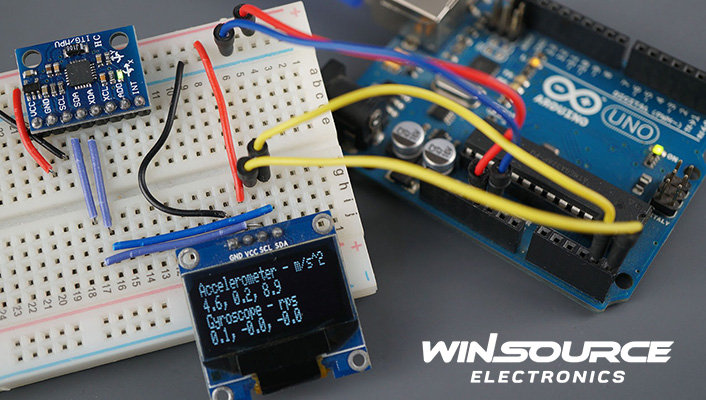
Are you familiar with gyroscope sensors? It helps maintain stability and orientation in objects and systems. The technology plays a vital role in navigation, especially in situations where GPS signals may be weak or unavailable.
They help accurately determine direction and rotation, making them indispensable in both terrestrial and space-based navigation systems.
At WIN SOURCE, we offer highest-quality sensors for electronic applications. It is reliable place to buy sensors or other electronic components from renowned manufacturers. Let’s come to the main topic. Keep on reading to understand about Gyroscope sensor!
Table of Contents
ToggleWhat is gyscope senson?
Gyroscope sensors measure and detect changes in orientation or angular velocity. It operates based on the principles of angular momentum and gyroscopic stability. This sensor is used in various applications where precise knowledge of rotation or orientation is essential. It’s a crucial component in modern technology.
Gyroscopes consist of rotating wheels or masses mounted within frameworks. It allows it to move freely in multiple dimensions. As the gyroscope spins, its angular momentum prevents it from changing orientation, stabilizing it.
Of course, Gyroscopes react differently when rotated or orientated, and this change can be detected and measured. A gyroscope tracks angular changes while an accelerometer tracks linear movements.
Classification of Gyroscope Sensor
Mechanical Gyroscopes: These traditional gyroscopes use mechanical principles to detect rotation and maintain orientation.
Fiber Optic Gyroscopes (FOGs): Highly accurate and find use in aerospace and navigation systems.
MEMS Gyroscopes: These are compact, low-cost gyroscopes that use microstructures to sense rotation.
Ring Laser Gyroscopes (RLGs): They are used in high-precision applications such as navigation for spacecraft.
Basic Parts of Gyroscope Sensor
A gyroscopic sensor consists of several key components that work in harmony to achieve its remarkable functionality:
1. Gyro Wheel: The gyro wheel is the central component, often a rapidly spinning disc, that creates the gyroscopic effect. It is typically mounted on a set of gimbals, allowing it to move freely in all three dimensions.
2. Housing: The housing holds the gyro wheel and provides support for its movement.
3. Sensors: It is common for modern gyroscopic sensors to incorporate microelectromechanical systems (MEMS).
4. Signal Processing Unit: It converts the signals from the sensors into useful information.
Applications of Gyroscope Sensor
● Aerospace and Navigation
● Robotics
● Consumer electronics
● Automotive industry
● Virtual Reality (VR) and Augmented Reality (AR)
Gyroscopic sensors embody scientific principles with remarkable real-world applications. We can expect even more innovative uses for gyroscopic sensors as technology continues to advance.
Sensors are undoubtedly highly complex components. If you need to get sensors to assembly electronic devices, you can order from WIN SOURCE. Check what types of sensors are available. As an electronic component supplier, we are a certified shop!

COMMENTS